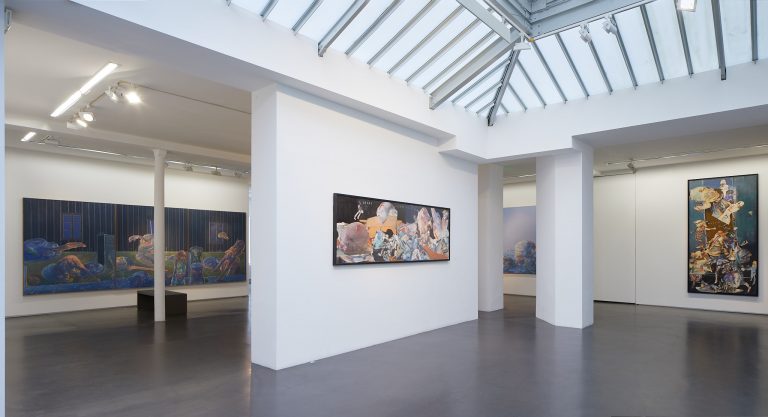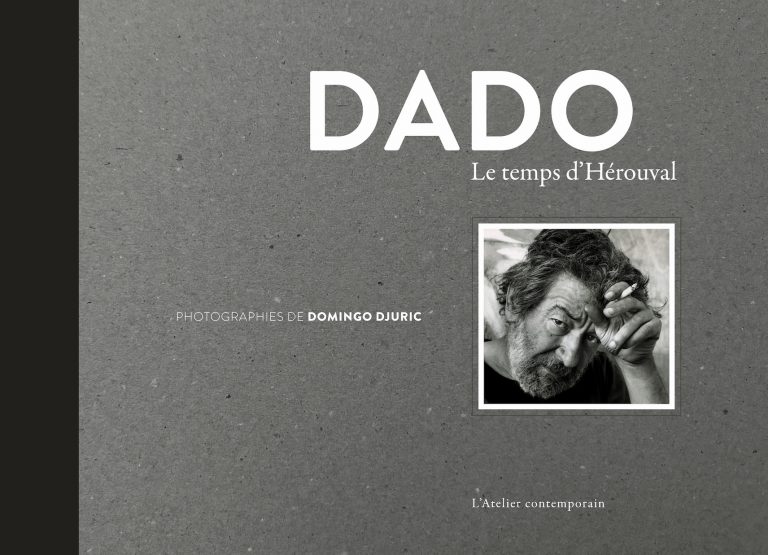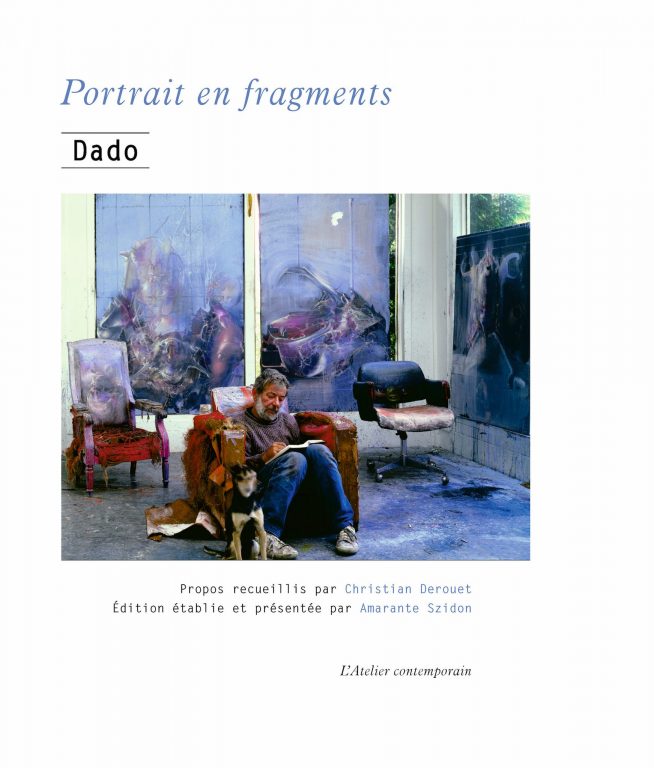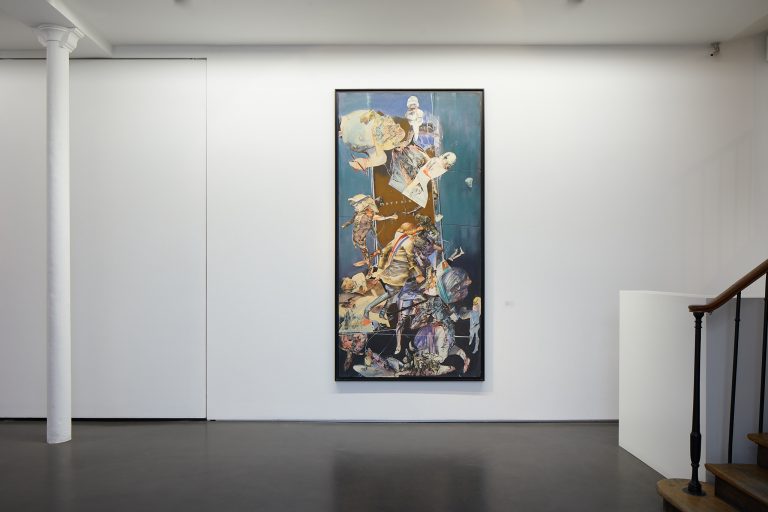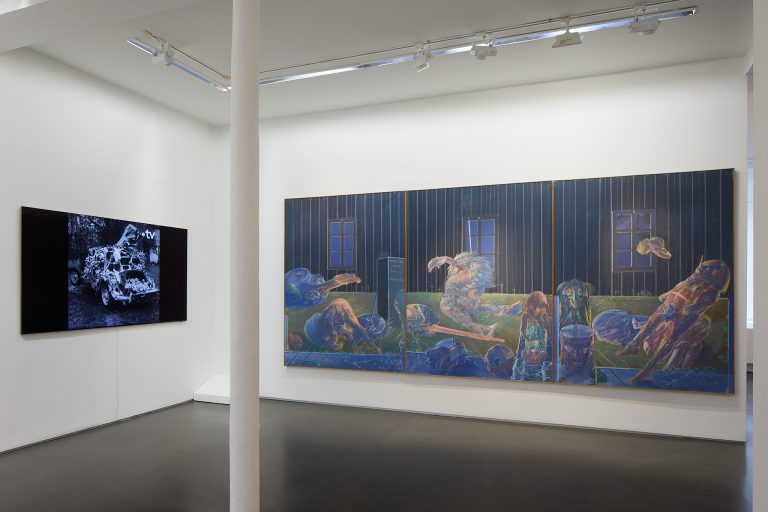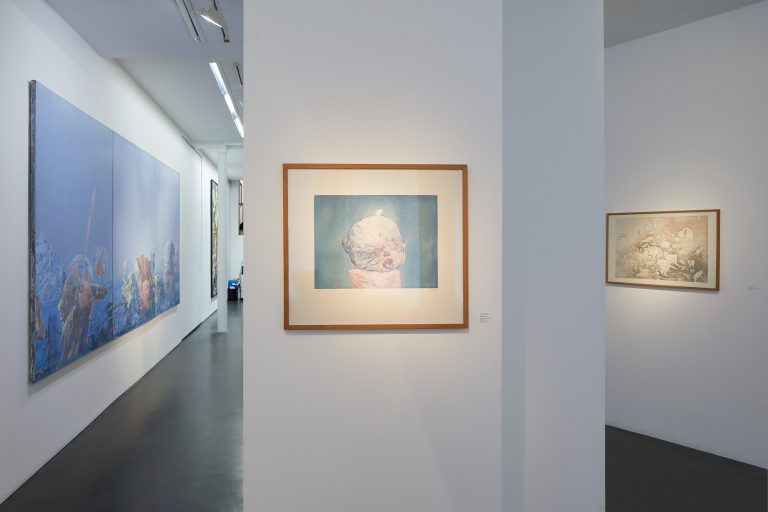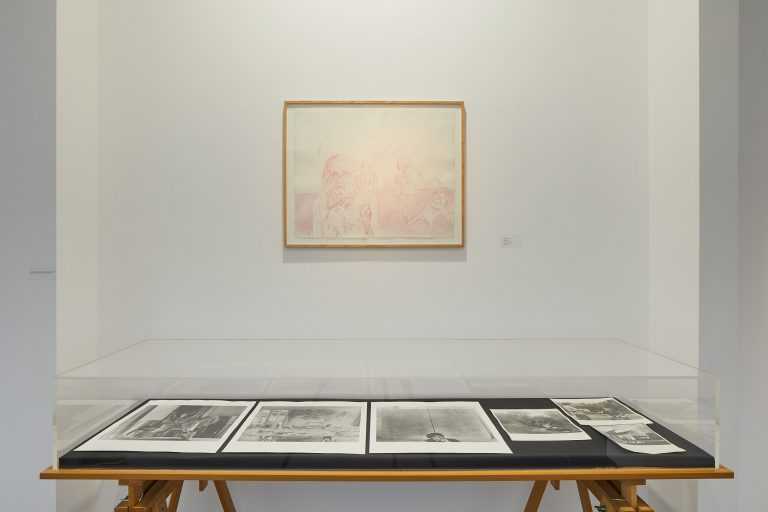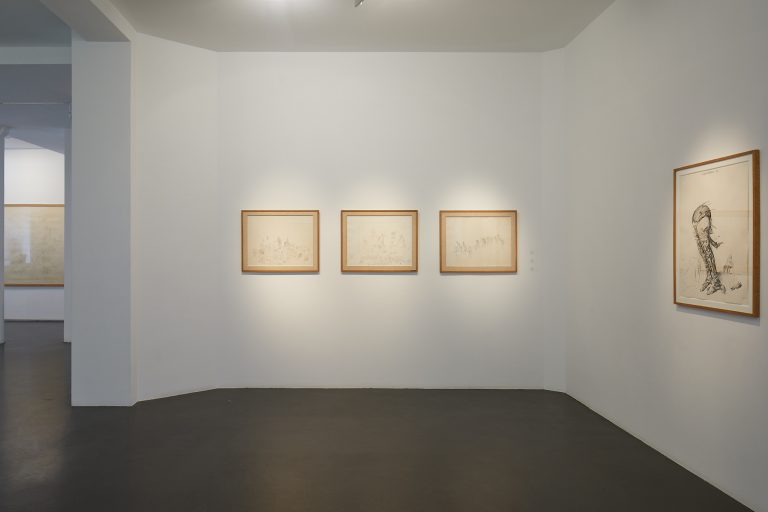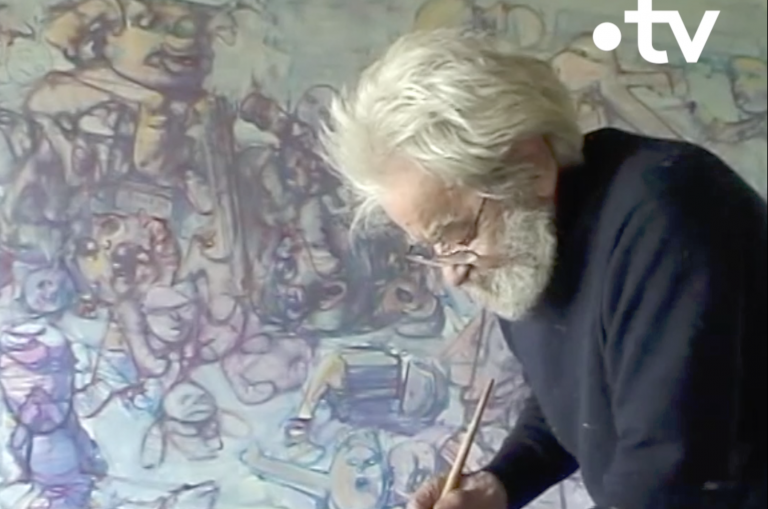©️ Hervé Abbadie, Courtesy Jeanne Bucher Jaeger, Paris-Lisbonne
L'Atelier contemporain
Photographs by Domingo Djuric. Preface by Amarante Szidon. Comments by Germain Viatte
©️ Hervé Abbadie, Courtesy Jeanne Bucher Jaeger, Paris-Lisbonne
L'Atelier contemporain
Interview by Christian Derouet, 1981-1988. Edited and presented by Amarante Szidon
©️ Hervé Abbadie, Courtesy Jeanne Bucher Jaeger, Paris-Lisbonne
©️ Hervé Abbadie, Courtesy Jeanne Bucher Jaeger, Paris-Lisbonne
©️ Hervé Abbadie, Courtesy Jeanne Bucher Jaeger, Paris-Lisbonne
©️ Hervé Abbadie, Courtesy Jeanne Bucher Jaeger, Paris-Lisbonne
©️ Hervé Abbadie, Courtesy Jeanne Bucher Jaeger, Paris-Lisbonne
©️ Hervé Abbadie, Courtesy Jeanne Bucher Jaeger, Paris-Lisbonne
DADO
Portrait en fragments
Hanging from 1 to 10 February, 2024
Extended until February 13, 2024
Book signing and encounter
Thursday, February 1 at 6 p.m.
In the presence of Christian Derouet, Catherine Millet, and Amarante Szidon, and with the friendship of Germain Viatte.
“The simultaneous publication of the book of interviews Portrait en fragments and the photo album Dado, Le temps d’Hérouval offers us the opportunity to revisit the life and work of this Montenegrin artist. These two volumes are essential reading for anyone interested in the art of painting, drawing and printmaking, photography and the artist’s freedom of expression…. These two volumes are books of love…. Given the history of art as we know it, Dado’s work was not as well-known as it might have been during his lifetime. But now is the perfect time to re-examine those who are unclassifiable. Dado ranked himself alongside Klossowski and Bettencourt, as ‘artists who can’t be put in everyone’s hands’. Christian Derouet, who signed the afterword, rightly says that Dado was closer to Füssli than to Bacon. It would be wrong to interpret this difference as a kind of arrogance disguised as modesty. In the ultimate paradox, the artist also said, ‘I work for the whole of humanity’. There was a profound humanity in his monsters.”
Catherine Millet, ‘Dado, pour l’humanité entière’, artpress, January 2024
The Gallery is pleased to present a new exhibition of works by DADO (1933-2010), coinciding with two recent publications that shed new and unique light on the artist. This selection of emblematic works brings together paintings and drawings: le Triptyque de Pali-Kao, le Triptyque de Narval, le Triptyque de Bowery, Mayfair House, l’Atlas de Dermatologie…, accompanied by photographs of Dado’s studio and the world of Hérouval by his son, Domingo Djuric.
Dado (Miodrag Djuric, 1933-2010) was born into a family of intellectuals in Cetinje (Montenegro). Marked by the tragedy of war, and deeply affected by the death of his mother in 1945, Dado left school and did not return until 1947, when he entered the fine arts academy in Herceg Novi, then in Belgrade, before moving to Paris in 1956. There he met Jean Dubuffet, who was impressed by his drawings and introduced him to Daniel Cordier. He was then guided to the Galerie Jeanne Bucher by his collector friends, the Boulois, and by François Mathey. His phantasmagorical dramaturgy is rooted in a form of redemption, through painting or drawing, of adolescent memories of the horrors he experienced in his native Montenegro. Galerie Jeanne Bucher Jaeger has organised several solo exhibitions of his work – most recently, Mémoire Epidermique in 2016 – as well as regularly including his works in thematic exhibitions.
“What interests me is a painted surface, because when a painting is painted, it has a mineral or organic richness, like earth, like a rock, like tree bark. So, one might say: what do you see around you? I see paint, I see tree bark, I see clouds, I see earth, and unfortunately, I see scrap metal, and unfortunately, I see walls, and unfortunately, I see people on motorbikes, and that’s it… I think painting has to rediscover – I’m trying to put this in my work – this nobility, very simply vegetal and organic, that’s all. That’s all I want from it, I’m not looking for any message.”
Dado (Portrait en fragments, nov. 2023)
Portrait en fragments
Published in November 2023 by L’Atelier contemporain. Interview by Christian Derouet, 1981-1988. Edited by Amarante Szidon.
Portrait en fragments invites a new exploration of the rich universe of the Montenegrin artist Dado (1933-2010). Organised around the themes that are essential to understanding one of the most unique figures in the art of the second half of the twentieth century, the book was conceived and annotated by the artist’s daughter, Amarante Szidon, based on mostly unpublished photographs taken in 1981 and 1988 by Christian Derouet, curator of the exhibition «Dado. L’exaspération du trait» at the Centre Pompidou (19 November 1981 – 18 January 1982).
“Your painting is powerful. A form of expression in which man constitutes the material. In it, there is a relationship that is unique to your work, between the matter-forms and the animal-man, the invertebrate, and color-grounds that afford the power of transparency and reflection.”
Letter from Gilles Deleuze to Dado, 26 December 1994
Dado, Le Temps d’Hérouval
Published in November 2023 by éditions L’Atelier contemporain. Photographs by Domingo Djuric. Preface by Amarante Szidon. Text by Germain Viatte.
The son of the artist Hessie (1933-2017) and Domingo Ramírez- Arce (1933-1978), Domingo Djuric (1961-2022) was born in New York. Adopted by Dado in 1962, he arrived in France with his mother and brother on 14 July that same year. In the 1980s, based in Paris, he began documenting Dado’s studio and the world of Hérouval.
“Here was a place where everything was alive, even disaster and death. Despite the extreme hardship, it seemed enchanting. Indeed, it enchanted a couple of meticulous and visionary artists, Dado and Hessie, their children, their friends, the chickens, the cats, and all the animals said to be wild around the pond. Through their son’s eyes, we find ourselves at the heart of an intimate body of work, moving and beautiful, just and disturbing.”
Germain Viatte
oil on canvas, 195,5 x 150,5 x 3 cm, Courtesy Jeanne Bucher Jaeger, Paris-Lisbon
oil on canvas, 195 x 450 cm, Courtesy Jeanne Bucher Jaeger, Paris-Lisbonne
©️Jean-Louis Losi
Collage on wood
34,6 × 98,4 in
Photograph by Jean-Louis Losi
oil on canvas, 195,5 x 150,5 x 3 cm, Courtesy Jeanne Bucher Jaeger, Paris-Lisbon
oil on canvas, 195 x 450 cm, Courtesy Jeanne Bucher Jaeger, Paris-Lisbonne
©️Jean-Louis Losi
Collage on wood
34,6 × 98,4 in
Photograph by Jean-Louis Losi
